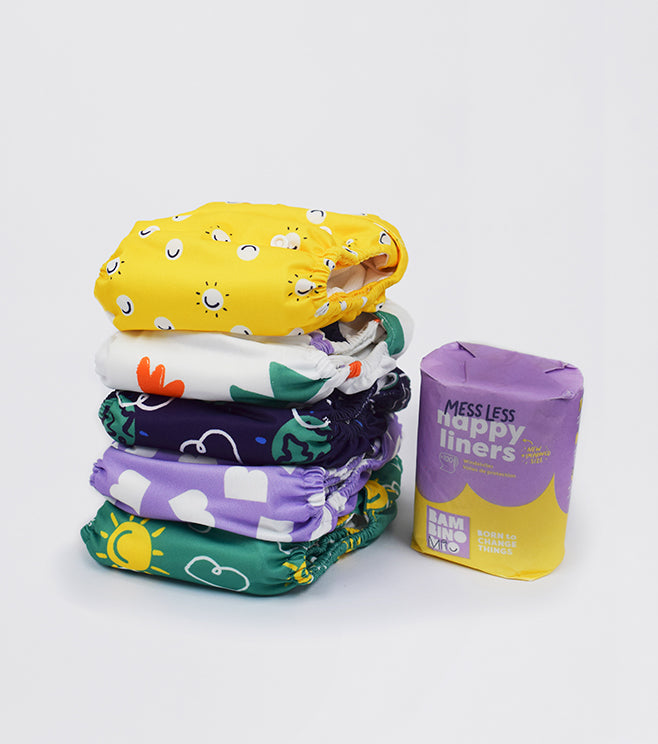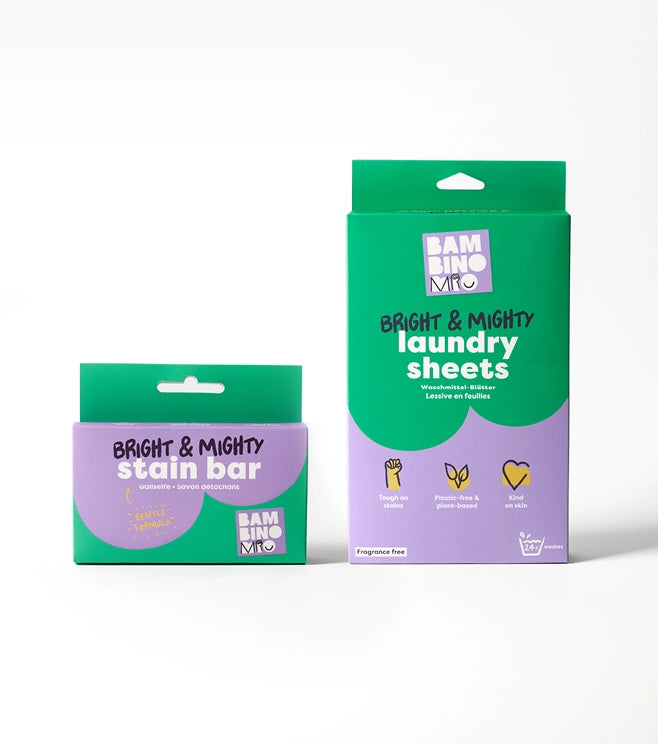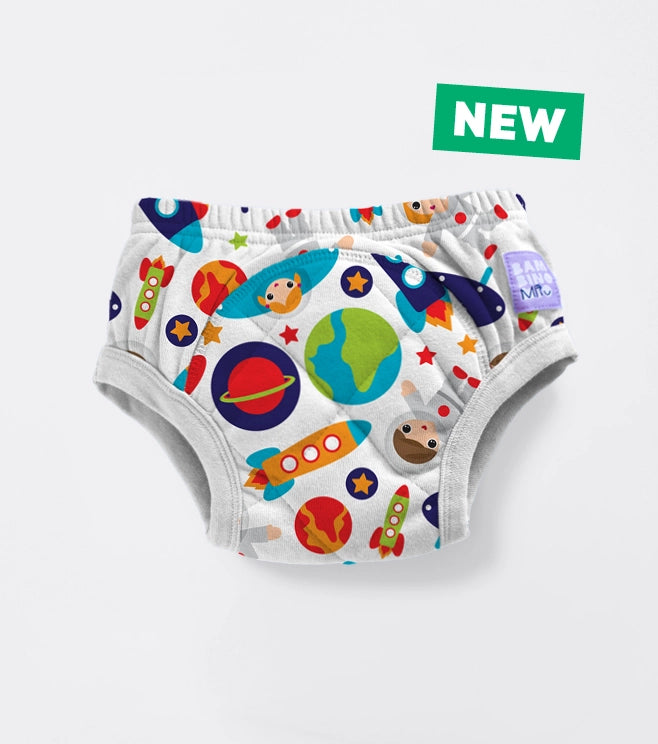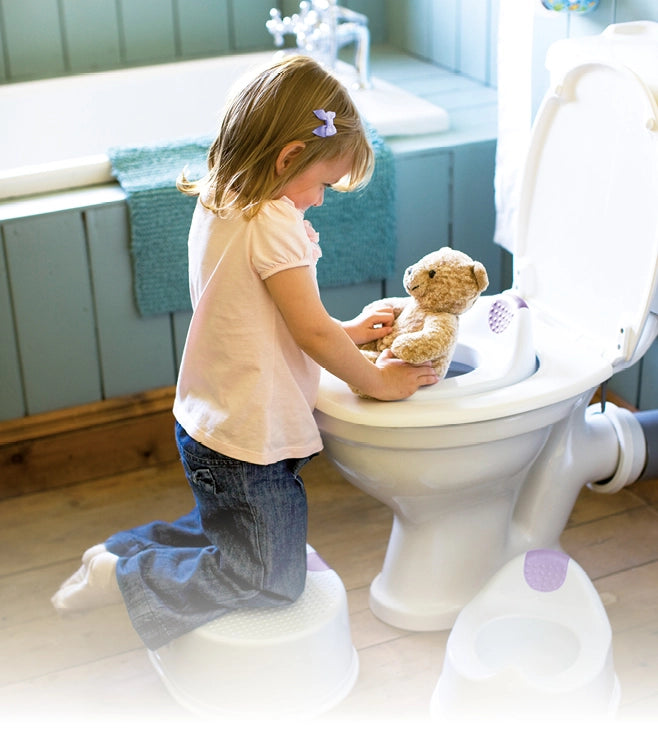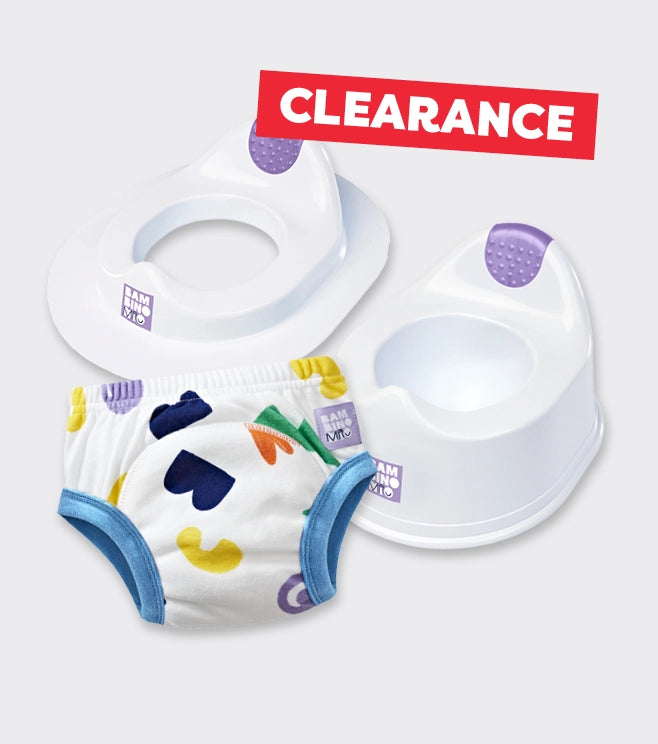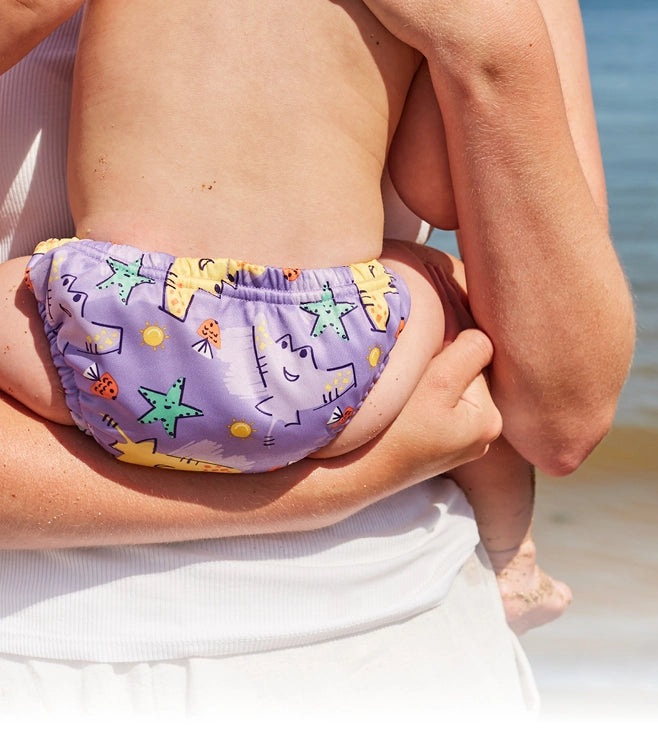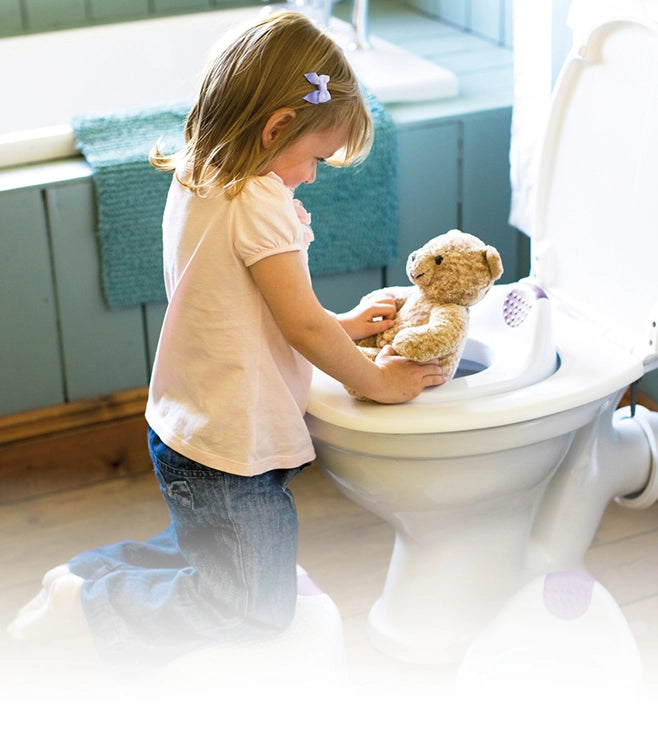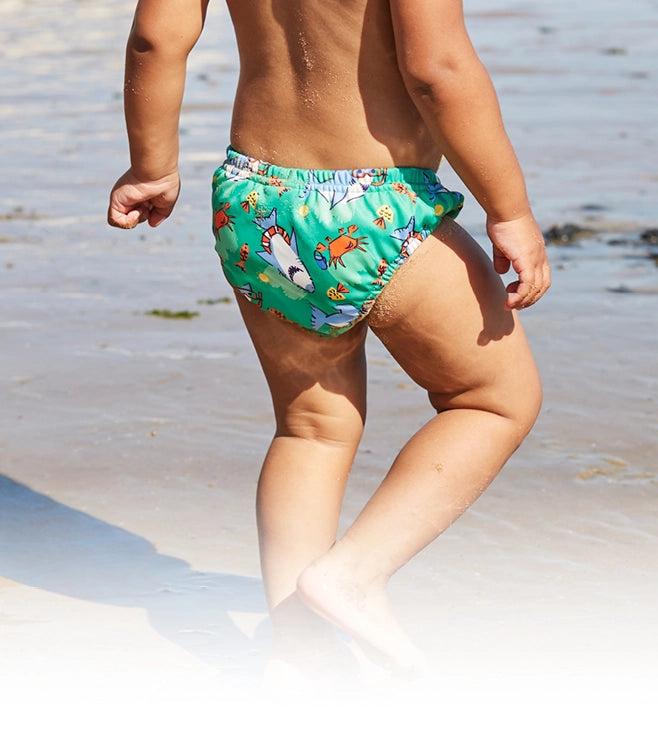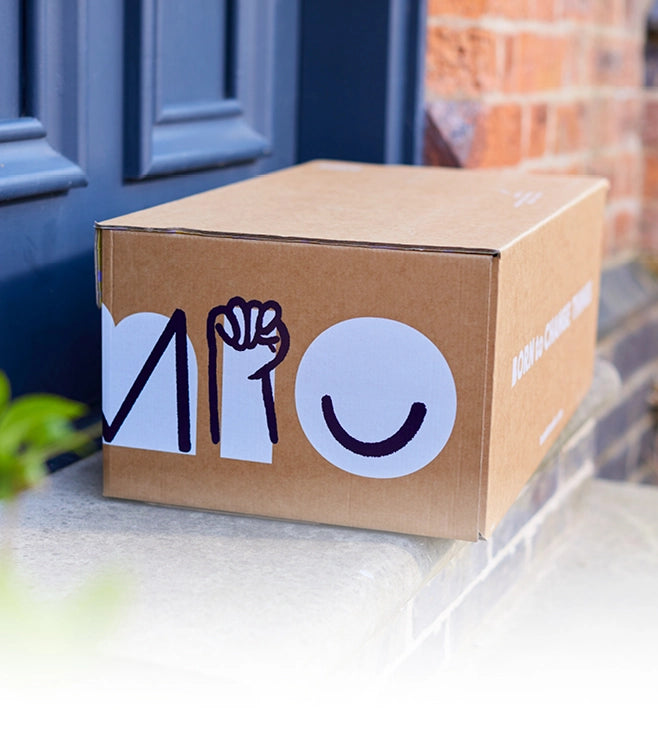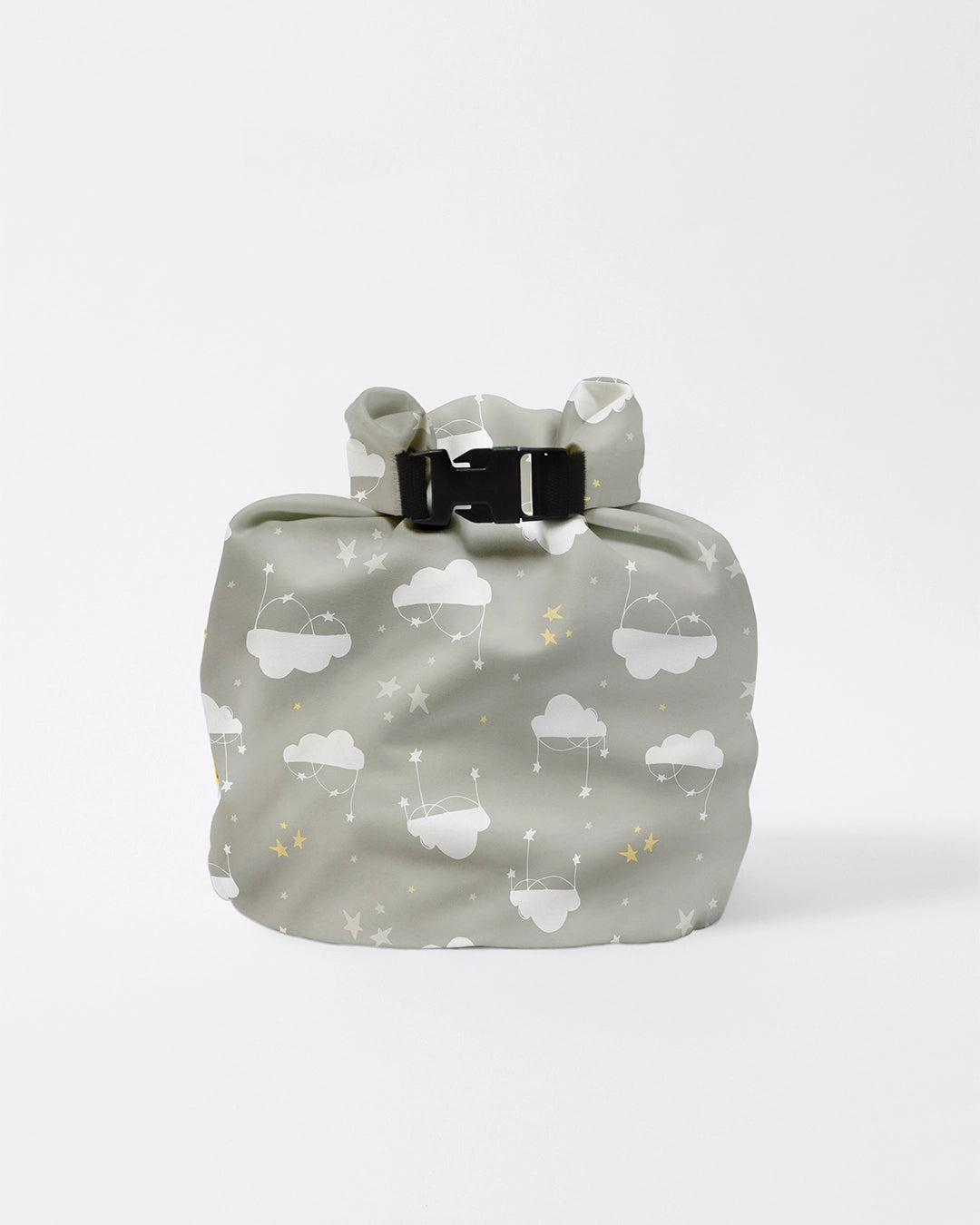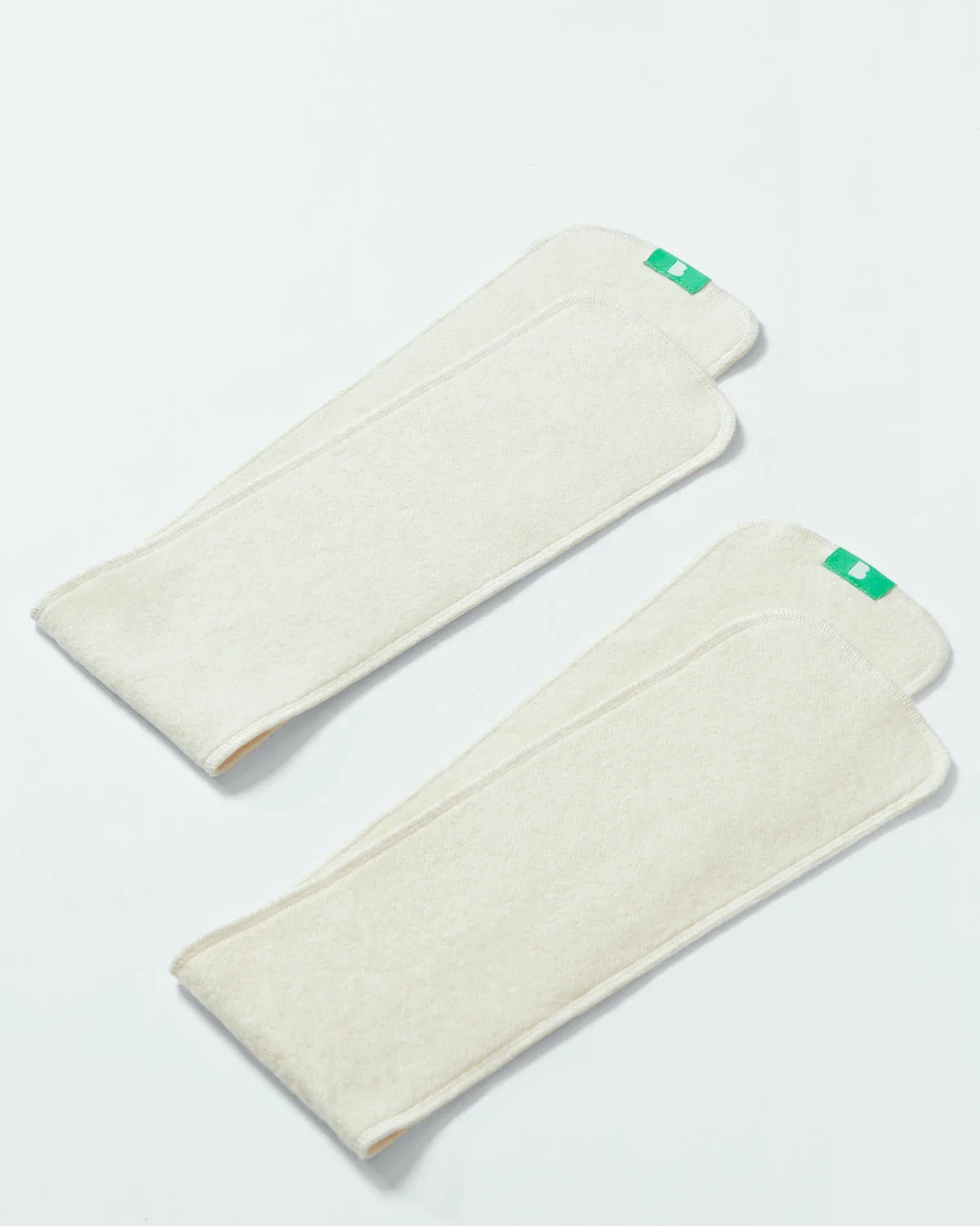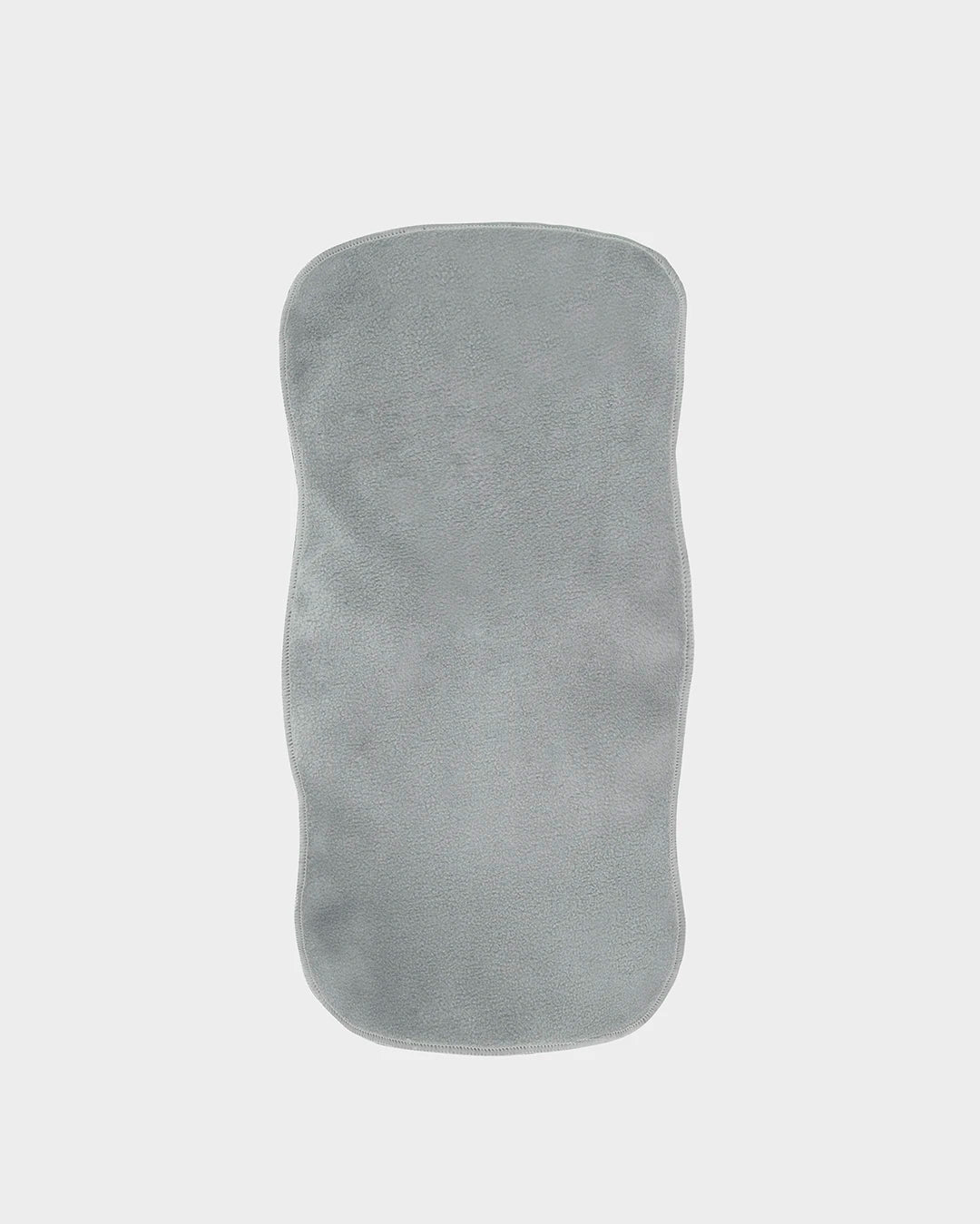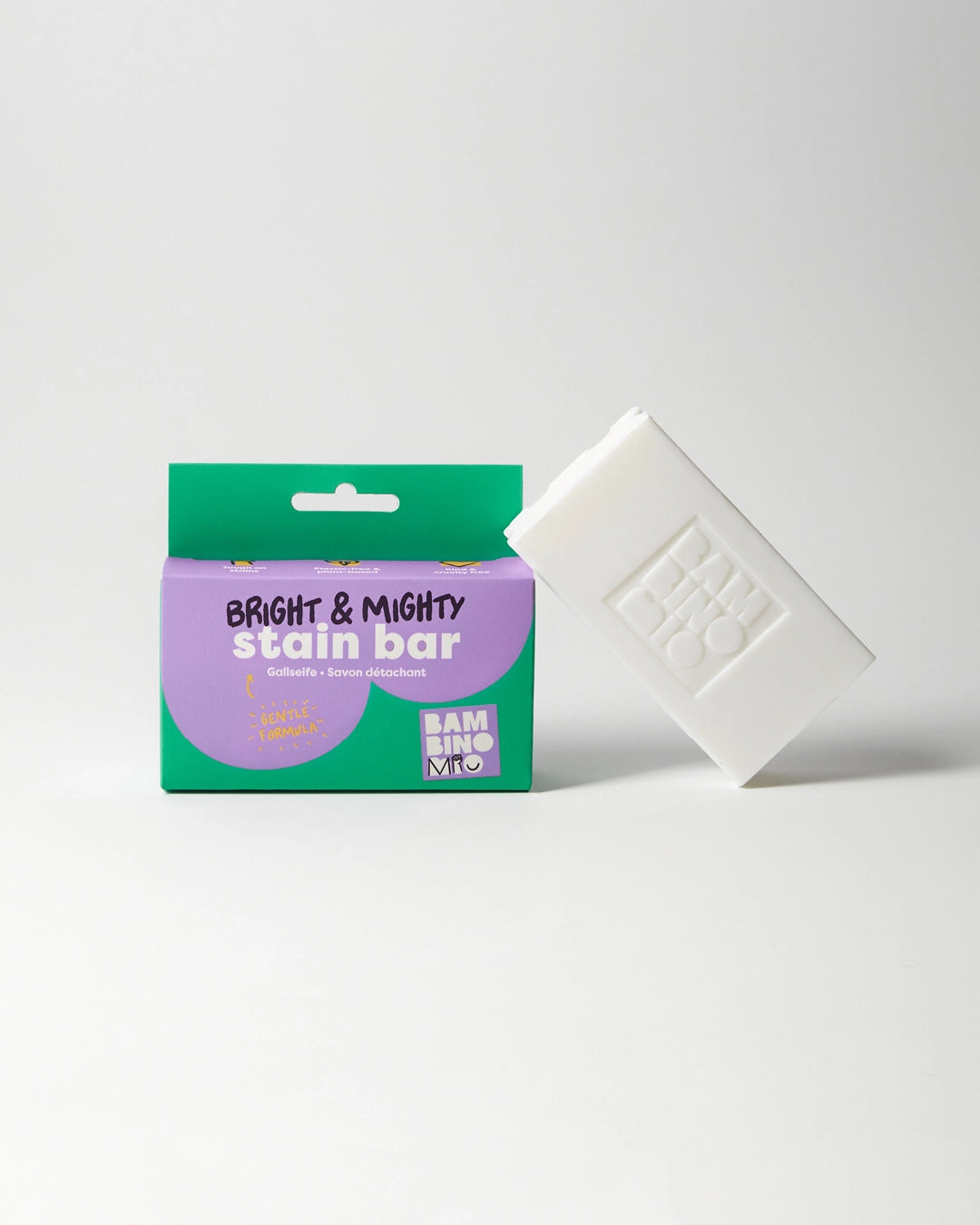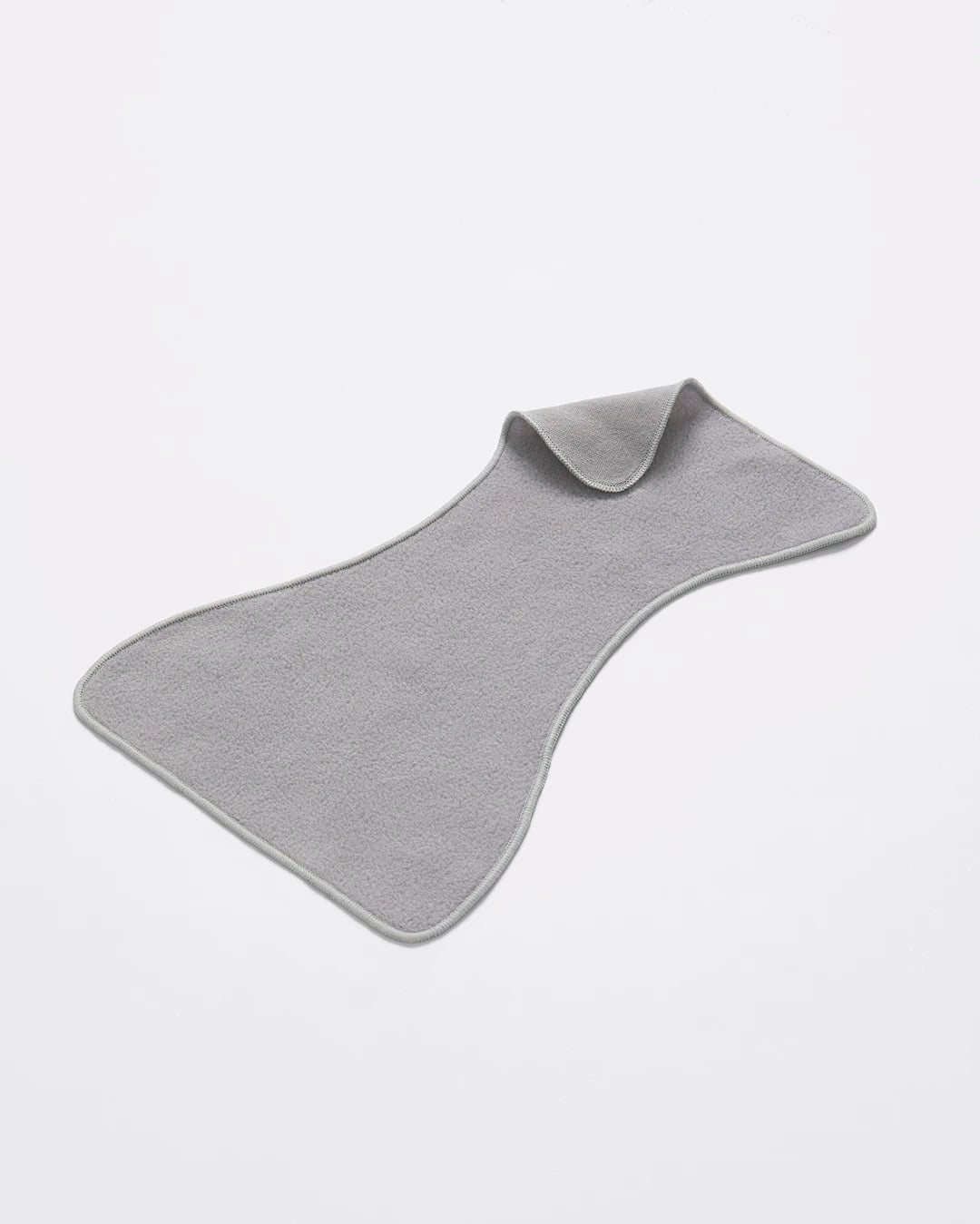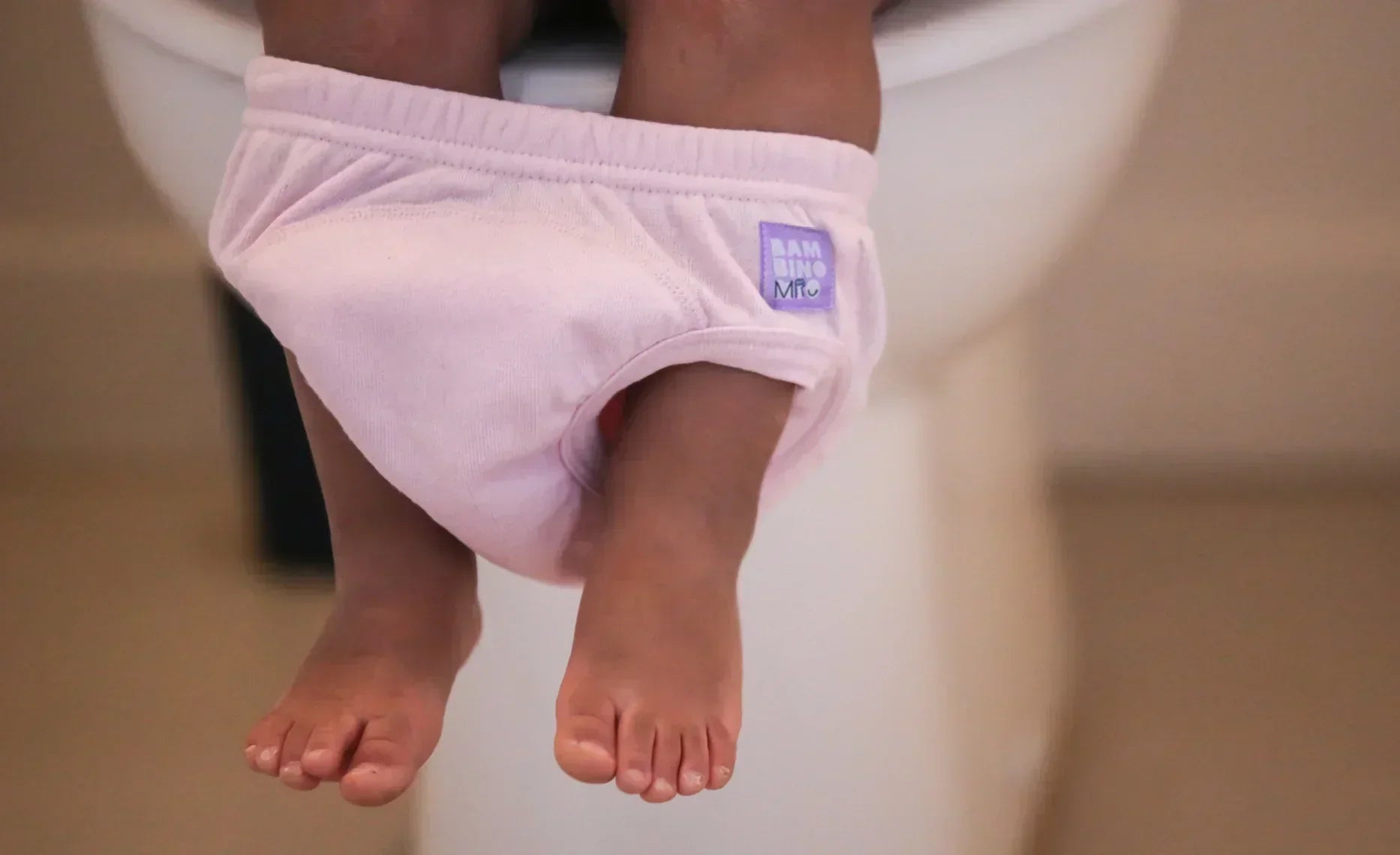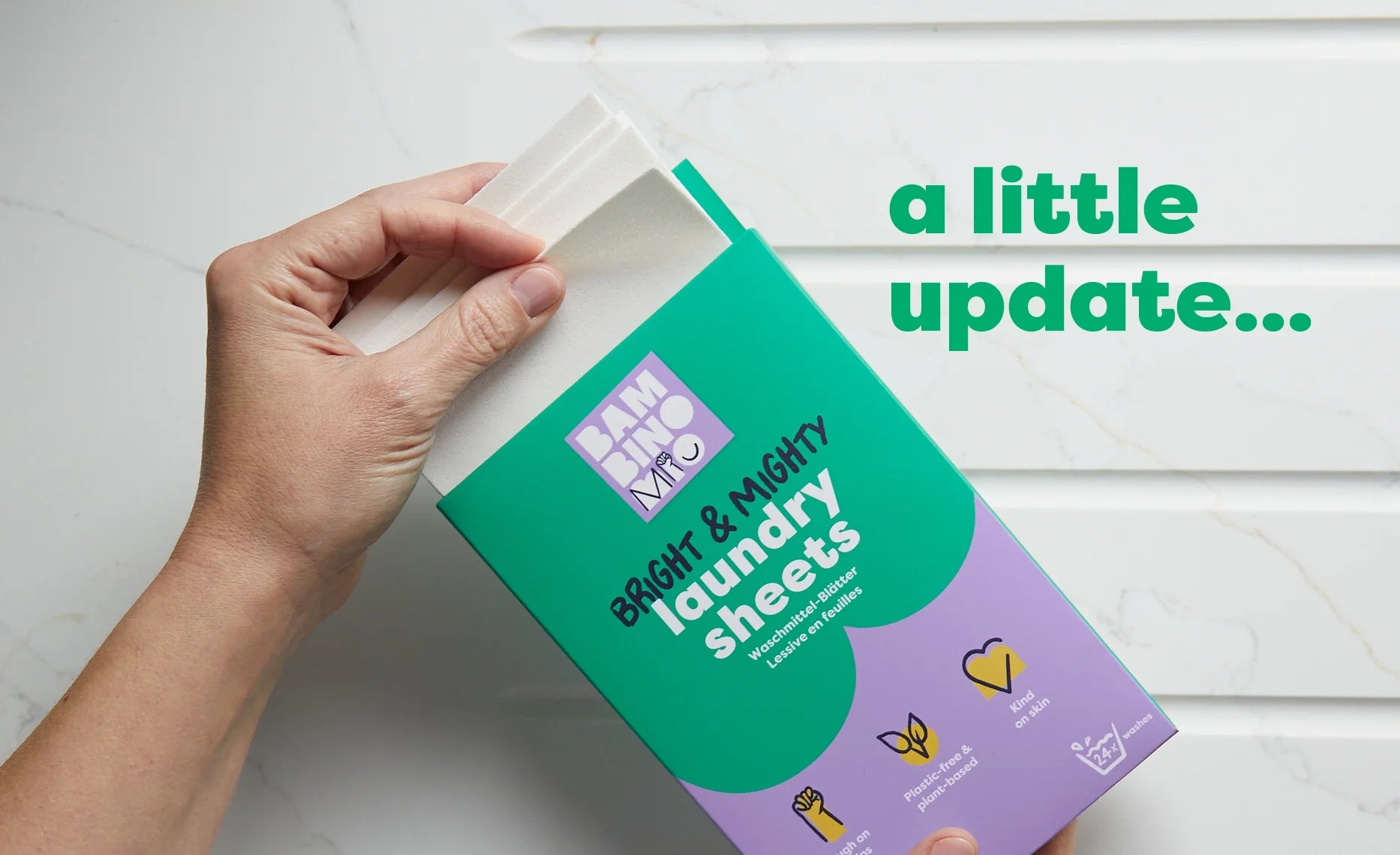Nub Theory Uncovered: Can It Help To Predict Your Baby’s Sex?
Share Options
- Bambino Mio
- 22 / 05 / 2023

Inside this Article:
- You’re pregnant! What are you having?
- Can you stand to wait for your 20-week scan?
- What is the nub theory and how does it work?
- It’s the angle of the nub to the spine which can tell all
- When did the nub theory start?
- How accurate is the nub method of determining a baby’s sex?
- FAQs about nub theory
- Are there any other ways to predict my baby’s sex?
- Should I rely on the nub method to predict my baby’s sex?
- Citations and References
Find out all about nub theory and its potential for predicting your baby’s sex. Read on to discover more about how the nub method of determining a baby’s sex works and whether it’s accurate.
You’re pregnant! What are you having?
Well, you’re having a baby, obviously! However, one of the first things that you’ll wonder about is whether you’re expecting a baby boy or a baby girl.
You’ll also wonder whether your baby will prefer arts or sciences at school, whether they’ll be good at sports and who they’ll most resemble. These things you’ll have to wait to find out, but you can find out one thing for (almost) certain before your baby’s born and that’s their biological sex.
Can you stand to wait for your 20-week scan?
While we’ve got used to the idea of waiting until the 20-week scan to find out a baby’s sex, some claim that they can accurately determine girl or boy baby as early as 12 weeks.
The so-called nub method uses the appearance of the genital tubercle - the structure that will go on to become a penis or a vulva - to work out if the baby is male or female. Also nicknamed “the angle of the dangle”, the nub theory is all to do with the angle this nub has in relation to the baby’s spine and it could placate impatient parents.
What is the nub theory and how does it work?
The nub theory claims that the angle of the genital tubercle to the baby’s spine can tell sonographers whether it’ll develop into male or female genitalia.
Before 15 weeks of pregnancy, this tubercle looks the same in male and female babies before it differentiates, but there may be small differences in the way it lies that can give some indication of a baby’s sex.
It’s the angle of the nub to the spine which can tell all
When you have your 12-week scan, your sonographer might, if you ask nicely, have a go at applying the nub theory to your baby’s scan images. For the nub method to work with any chance of success, the ultrasound needs a sharp side profile view, with the spine and genital tubercle clearly visible.
If the nub lies at more than 30 degrees to the spine, then it’s likely to turn into a penis. If it’s parallel to the spine then it stands a good chance of becoming a vulva, although many nub theory proponents think that any angle less than 30 degrees is more likely to be female than male.
When did the nub theory start?
Ultrasound sonographers started to see patterns and correlations in the angles of genital tubercles when they were doing their many scans. While there’s as yet no medical affirmation or recognition of the theory, it does seem to stand up well in studies.
A small study back in 1999 tried out the theory and came up with an accuracy rate of 98% after 13 weeks of pregnancy.
How accurate is the nub method of determining a baby’s sex?
Doctors can’t say for sure how accurate the nub method is, with many saying it’s still just a theory. It’s not used in an official capacity during ultrasound scans - if you ask your sonographer they might have a go, but will still advise you to wait until your 20-week scan for more accuracy.
As yet, there hasn’t been a lot of research on nub theory, but what research we have does give it come merit. A 2006 study found that the nub method was 85% accurate at 12 weeks, rising to 97% by 13 weeks (4).
While these numbers look encouraging, the studies only used relatively small numbers of scans, so ideally, to give nub theory the green light, we need larger subject numbers.
It’s also important to remember that 12 weeks seems to be the magic point in pregnancy for the nub method to work. If you have a scan at 11 weeks and four days, for example, you probably won’t be at 85% accuracy.
FAQs about nub theory
Are there any other ways to predict my baby’s sex?
There’s your 20-week scan, which is only a few weeks after your 12-week scan if you can bear to wait. This is the most reliable way of visually determining your baby’s sex.
There’s also noninvasive prenatal testing (NIPT) which is a blood test which looks at your sex chromosomes, but you may not be offered this if you don’t need it and it’s used primarily to test for abnormalities.
If you’re having in-vitro fertilisation (IVF), then you can have a similar sort of screening test to see which sex chromosomes the embryos have before they’re implanted.
Should I rely on the nub method to predict my baby’s sex?
The nub method might work well if you’re more than 13 weeks along in your pregnancy, but you shouldn’t treat it as reliable and make any plans based on the “verdict”. It’s best to wait until you have a more established and trusted method of determining the sex, such as your 20-week scan.
Citations and References
(1) National Health Service (NHS). ‘Your Pregnancy Care. 20-week Scan.’ 2021. Web. www.nhs.uk/pregnancy/your-pregnancy-care/20-week-scan
(2) Wiley Online Library. ‘Accuracy of Sonographic Fetal Gender Determination: Predictions Made by Sonographers During Routine Obstetric Ultrasound Scans.’ 2015. Web. onlinelibrary.wiley.com/doi/10.1002/j.2205-0140.2014.tb00028.x
(3) Wiley Online Library. ‘First-trimester Determination of Fetal Gender by Ultrasound.’ 2002. Web. obgyn.onlinelibrary.wiley.com/doi/abs/10.1046/j.1469-0705.1999.13050305.x
(4) Wiley Online Library. ‘Fetal Gender Assignment by First-trimester Ultrasound.’ 2006. Web. obgyn.onlinelibrary.wiley.com/doi/full/10.1002/uog.2674
(5) National Health Service (NHS). ‘Non-Invasive Prenatal Testing (NIPT) – The SAFE Test.’ Web. www.stgeorges.nhs.uk/service/maternity-services/your-pregnancy/fetal-medicine-unit/the-safe-test
(6) National Health Service (NHS). ‘Overview - IVF.’ 2021. Web. www.nhs.uk/conditions/ivf




